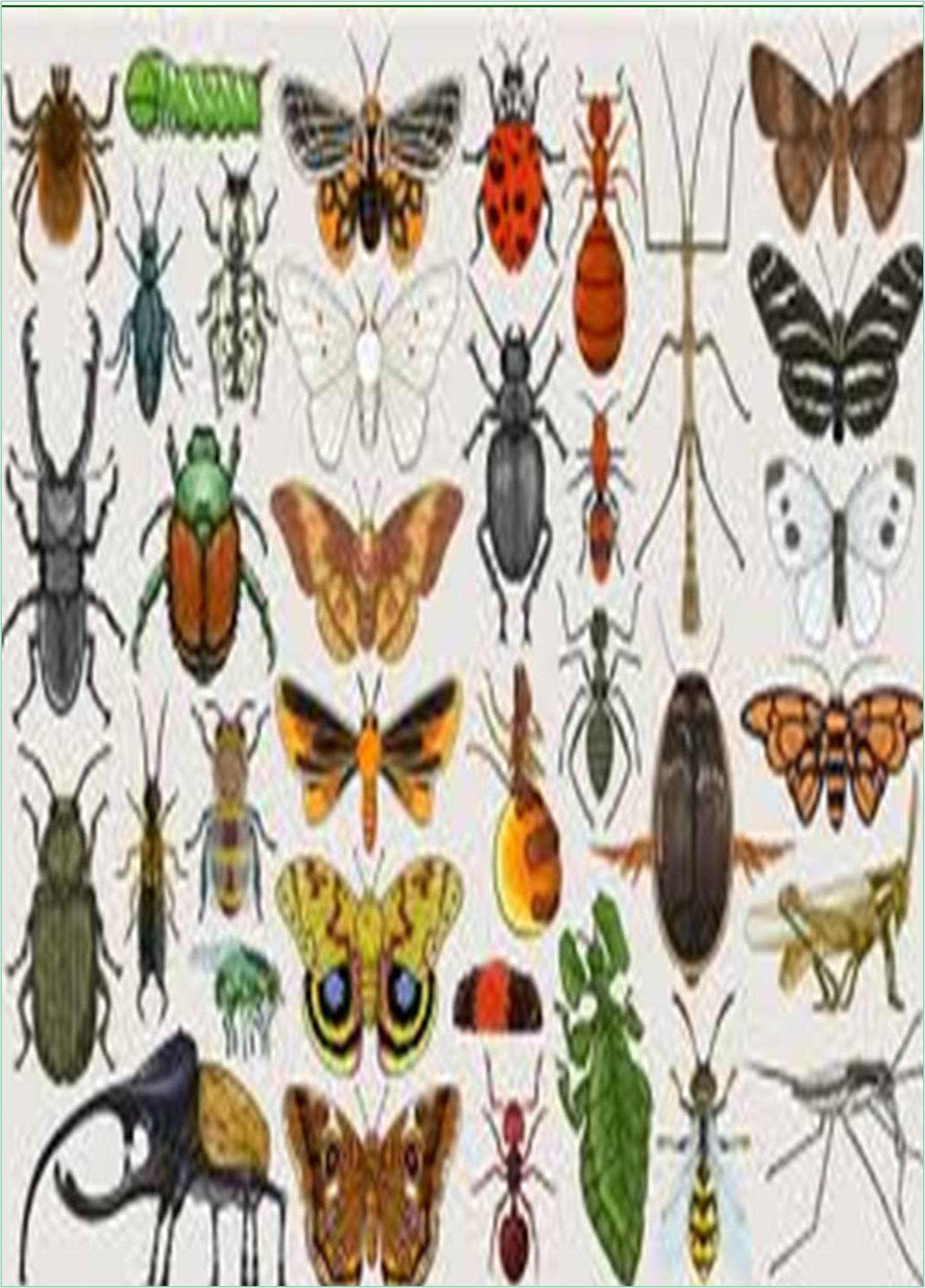



Received: 01-Jul-2022, Manuscript No. IJER-22-73224; Editor assigned: 04-Jul-2022, Pre QC No. IJER-22-73224 (PQ); Reviewed: 18-Jul-2022, QC No. IJER-22-73224; Revised: 25-Jul-2022, Manuscript No. IJER-22-73224 (R); Published: 01-Aug-2022, DOI: 10.15651/IJER.22.9.009
Malaria has a severe impact on worldwide public health, threatening an estimated 3.8 billion people, or half of the world's population. The recent growth of drug-resistant malaria parasites highlights the urgent need to explore new targets for the development of innovative antimalarial medicines. Furthermore, many of the molecular processes that drive parasite life and disease remain unknown. The molecular methods by which parasite effector proteins are trafficked to critical subcellular compartments such as the host cell membrane, for example, remain largely understood. The lack of awareness of these processes impedes understanding of malaria parasite biology and has an influence on efforts to control the infection.
Structure determination plays a significant role in addressing these unknowns, frequently revealing previously unknown interactions and pathways and, as a result, offering critical insights into the functions and molecular processes of possible therapeutic targets. Unfortunately, the challenges in reproducing the appropriate folding and assembly of malarial protein complexes in heterologous systems have hindered structural and biochemical studies of many critical Plasmodium falciparum protein complexes using traditional methods. The Plasmodium falciparum genome, For example, has a high AT content (average AT content of 80.6%) and a strongly skewed codon usage bias making cloning into heterologous expression systems difficult. Although the adoption of codon optimization methods has helped to reduce this problem, most of the proteome is prone to aggregation and is littered with low-complexity areas. Many Plasmodium falciparum proteins include substantial charged-residue repeats, which makes heterologous production difficult.
These barriers have hampered structural studies of the Plasmodium falciparum proteome using traditional methods such as x-ray crystallography and Nuclear Magnetic Resonance (NMR), which rely heavily on the production of large amounts of highly purified protein by recombinant overexpression. These obstacles have hampered efforts to gain a better knowledge of the biology of new malaria parasites. As a reason, many of the molecular pathways underlying the parasite's capacity to steal human erythrocytes remain unclear.
Life Cycle of Malaria and the Invasion of Erythrocytes
Malaria is a parasitic illness caused by single-cell, eukaryotic Plasmodium parasites. Plasmodium falciparum, the Plasmodium species that infects humans, is associated with the most severe forms of the disease and the highest fatality. The Anopheles mosquito, which transfers parasites to the human host during a blood meal, is the definitive host of Plasmodium falciparum. Parasites journey to the liver in a freshly infected person, where they quickly proliferate before egressing into the circulation to begin the asexual replication cycle that occurs within erythrocytes (red blood cells, RBCs). All clinical symptoms of malaria are coupled with asexual, intraerythrocytic parasite reproduction, emphasising the need of studying the asexual lifecycle.
To survive, the parasite feeds on host cell haemoglobin within the erythrocyte. Merozoites are parasites that develop on their own before multiplying into 16-32 daughter parasites. Merozoites exit the erythrocyte and stay extracellular for a limited period of time as merozoite surface proteins connect with receptors on a new erythrocyte host. When a merozoite finds a new host cell, it reorients itself such that its apical end is in touch with the erythrocyte, and then the parasite pushes itself into the host cell. The cycle continues anew after the parasite enters the erythrocyte: The parasite exports hundreds of proteins into the host to form its niche and imports haemoglobin to devour and prepare for a new round of replication.
A portion of asexual parasites leave the replication cycle to develop into gametocytes, which are then picked up by a new mosquito host for sexual development and transmission to a new human host.